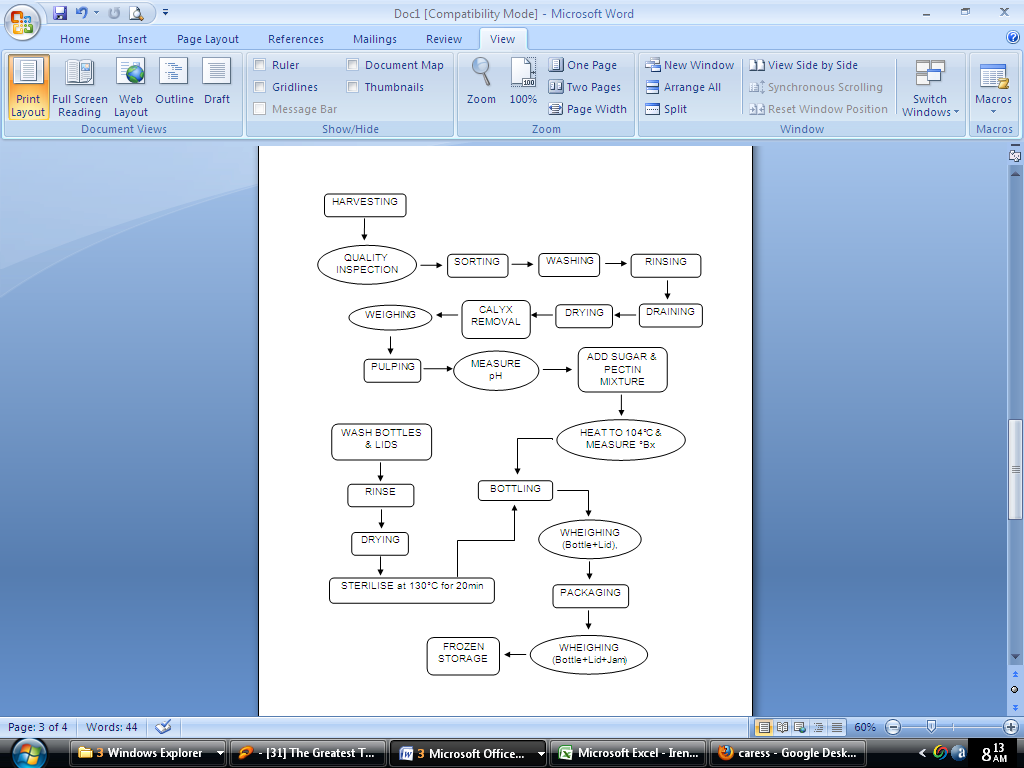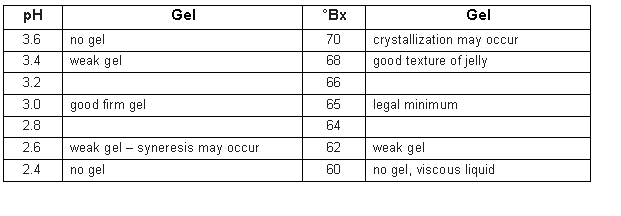Introduction
Strawberries are a group of perennial plants which belong to the Rosaceae family. They thrive well in soil that has good drainage, is moderately acidic (pH range 5.0 to 6.0) and require plenty of sunshine grow. They are capable of viable fruit production for a period of up to 3 years and the ideal planting conditions for strawberries are those that enable the plants to obtain sufficient quantities of moisture, especially during root formation. Organic fertilizer can be applied onto the plants twice a month for best results (Michaels, 2008). The plants should also be provided with adequate aeration to ward off fungal infections, and the beds should be covered with mulch to act as a weed-control. The crowns of the plants should be grown above ground level to prevent them from rotting. Spacing for the plants should be maintained at 12 to 18 inches between one plant and another in a row. The rows should also be kept at a distance of about 3 to 4 inches apart for adequate aeration (Aarons Creek Farms, Inc., 2011).
Horticultural maintenance of the plants includes regular weeding, watering (using drip irrigation technique) and the pruning of the runners to promote optimal development of the berries (Michaels, 2008). Strawberries are usually picked by hand and care should be exercised during harvesting to prevent bruising the berries. The berries are preferably eaten raw and so a lot of premium should be placed on maintaining their freshness. Post-harvest quality can be maintained by a variety of means such as refrigeration which has been shown to lessen the rate of decay and the preserving the general appearance of the fruit. If on transit, they should be kept at a constant storage temperature of 0°C so as to slow down their ripening and darkening (Forney, 2009).
Through a variety of techniques, the fruit can also be processed to avail a wide selection of food products that are strawberry flavored such as milk-shakes, yoghurt and even ice cream. This entails a series of washing steps, draining, sorting, and calyx removal and then the fruit is ready for pulping. The resulting puree is preserved by either refrigerating it or it can also be made into a concentrate followed by pasteurizing to increase its shelf life. Strawberry puree is widely used in several food industry applications ranging from confectionary making, dairy products, beverage making among others. The fruit can also be frozen and packaged in cans of whole or slices of strawberry which have a longer shelf life (Deuel and Plotto, 2005).
The most common means of preserving the fruit is through preparation of strawberry jam. This entails mixing the cleaned fruit pulp with sugars and coking this mixture at a low to medium heat while stirring.
Objectives
- To examine the method used in production of strawberry jam.
- To study the effect of pH and sugar concentration on the consistency of the jam produced.
Methodology
Procedure for processing strawberry jam
Harvesting
This is done by hand and the picked fruit is transported ion buckets to the processing plant where the total strawberry yield is weighed. The harvested fruit is first examined for quality before being processed.
Cleaning
The strawberries are thoroughly washed to clean off any debris or dirt. This is done by washing in the sink using cold water. After washing, they are rinsed and left to drain on a wire sieve. Drying of the berries is done using paper towels before the calyx is removed. Before discarding the resulting waste, it is first weighed and noted down.
Bottling
Each kg of fruit requires six jars each with a capacity of 400g. The jars together with their lids are first thoroughly cleaned using soap and water, rinsed, and arranged on trays for the water to drain off. After they are dry, both the jars and their lids are sterilized by heating them for about twenty minutes at a temperature of 130°C.
Jam Making
This is done in batches of the strawberries each weighing 1kg. The cleaned and trimmed are weighed to divide them into batches of equal weight. For each batch, the fruits are subdivided into slices and transferred into a pot. The acidity (pH) of each batch is measured. For each batch of fruit, 1kg of sugar and 43g of pectin are required, these two ingredients are mixed in a different container.
Bring the strawberries to boil, using moderate heat for about two minutes, while mashing them into pulp. Add the sugar and pectin mixture and stir continuously for the sugar to dissolve. Allow the mix to boil for about twenty minutes, up to a temperature of 104°C, while stirring so as to form concentrate. At this temperature, the sugar concentration in °Brix can be measured with the ideal value being 66 °Bx. Transfer the hot jam into the sterilized jars and cover them with the lids. Using a wet cloth, wipe off any jam that’s split on the jars, then weigh and note the weight of each jar.
Results
Table 1: Strawberry Preparation
Table 2: Mass Balance for Strawberry
Table 3: Jam Characteristics
Table 4: Jars Weight and Gross Weight of Jam

Discussion
As illustrated in Table 1, the strawberries used weighed 1002.30 g and after trimming, only 807.50 g remained. The percentage loss in weight is 19.435 %.
The strawberry trimmers, sugar, pectin and water that were used to produce the jam had a total weight of 1951.90g. The total weight of the jar of strawberry jam was recorded as 1287.20 g. from this we can deduce that the percentage yield and percentage loss was 65.94 % and 34.10 % respectively.
The strawberry trimmings used for making the jam had an acidity of pH value of 3.4 and had a sugar concentration of 6.20 °Bx. The jam produced had a sugar concentration of 67.20°Bx at a temperature of 104°C.
The jars that were used to package the jam, together with their lids, were weighed. After the jam was placed inside the jars, their lids were replaced and then the gross weight of the jam was weighed.
The consistency of the resulting gel-like mixture is dependent on the pH and the amount of pectin present in the fruit. For best results, the required pH should be between 2.8 and 3.5, (this translates to 0.5% acidity by weight). In addition, the sugar and pectin concentration should be in the range of 60 to 65% and 0.5 to 1.0% respectively (Baker, 2005). The following table illustrates the effect both pH and sugar concentrations (measured in Degrees Brix, °Bx) have on the consistency of the resulting gel formation.

Pectin is a naturally occurring complex sugar molecule that is found in the cell walls of most plants. It is a made up of chains of simple sugar residues, usually D-galacturonic acid, that are joined through bonds (1-4) glycosidic bonds). Since strawberries naturally have low pectin levels, it is necessary to supplement that by the addition of commercially prepared pectin powder so as to optimize the gelling process (Baker et al. 2005).
From the results in Table 3, the trimmings used for making the jam had a pH value of 3.4 and had a sugar concentration of 6.20 °Bx. The jam produced had a sugar concentration of 67.20°Bx at a temperature of 104°C. All these were within the ideal range of conditions according to (Baker et al. 2005). This led to the production of a consistent jelly that had an average aw value of 0.73.
The critical control point during the production of strawberry jam include quality inspection of the harvested berries, weighing of the trimmings after calyx removal, cleaning and sterilization of the bottles or jars to be used and measurement of the sugar concentration of the jam at a temperature of 104°C.
Conclusion
The quality of the produced strawberry jam is directly linked to the pH of strawberry trimmings as well as the concentration of the added sugars.
Reference list
Aarons Creek Farms, Inc. 2011. Growing Strawberry Plants, Planting Guide.
Baker, R. A. et al. 2005. Fruit preserves and jams, Chap 6. In Barrett D.M. Somogyi. L. Ramaswamy H. eds. Processing fruits, science and technology. 2nd ed. CRC Press. Boca Raton, Florida.
Deuel, C.L. and Plotto, A. 2005. Strawberries and Raspberries. Chap 22 in Barrett D.M. Somogyi L. Ramaswamy H. eds. Processing fruits, science and technology. 2nd ed. CRC Press. Boca Raton, Florida.
Forney, C.F. 2009. Strawberry Harvesting and Postharvest; Handling for Improved Shelf Life.
Michaels F. 2008. Strawberry Growing Information. Green Harvest.
Voca, S. et al. 2008. Fruit Quality of New Early Ripening Strawberry Cultivars in Croatia. Food Technol. Biotechnol. 46 (3) 292–298.